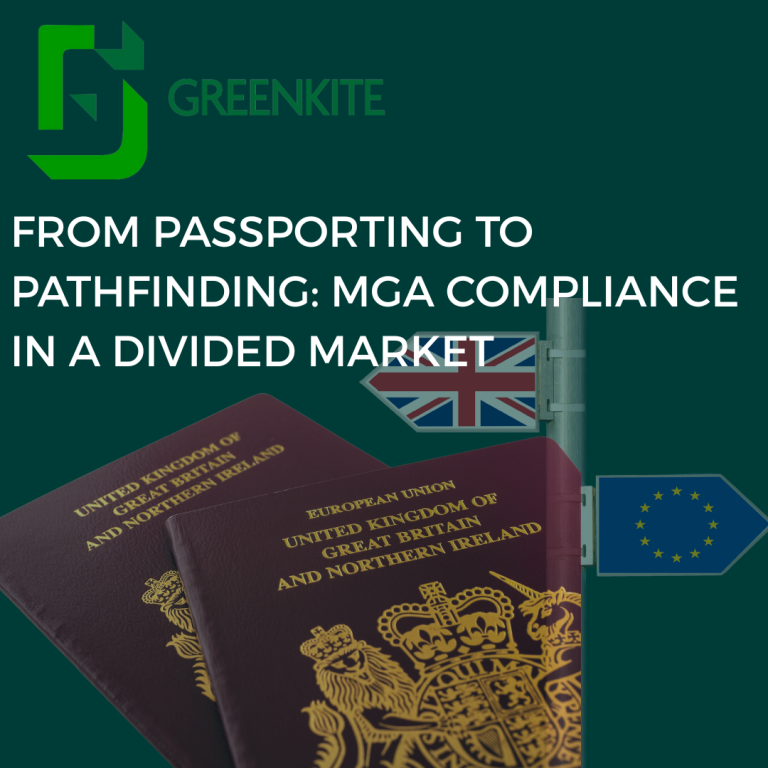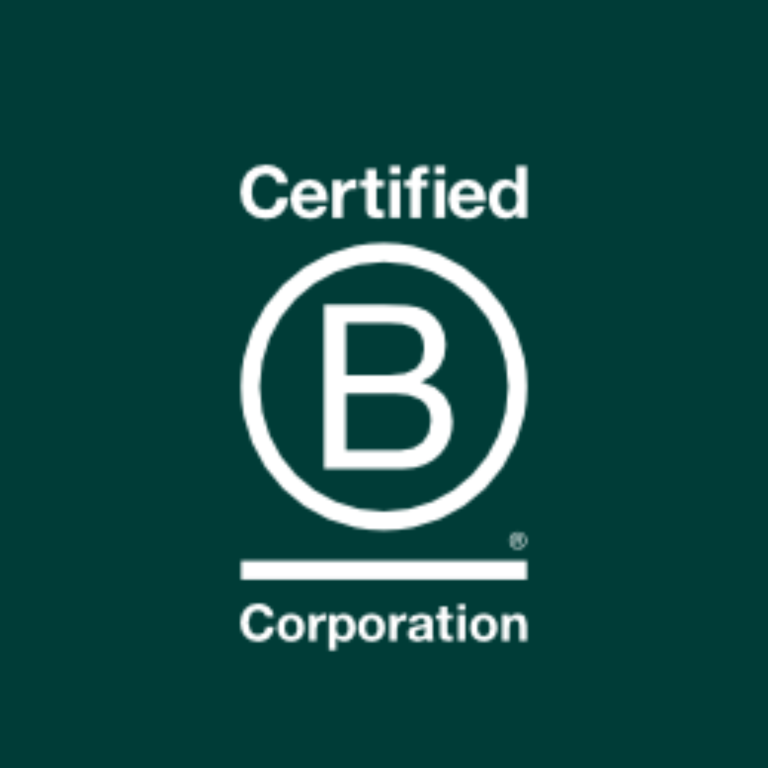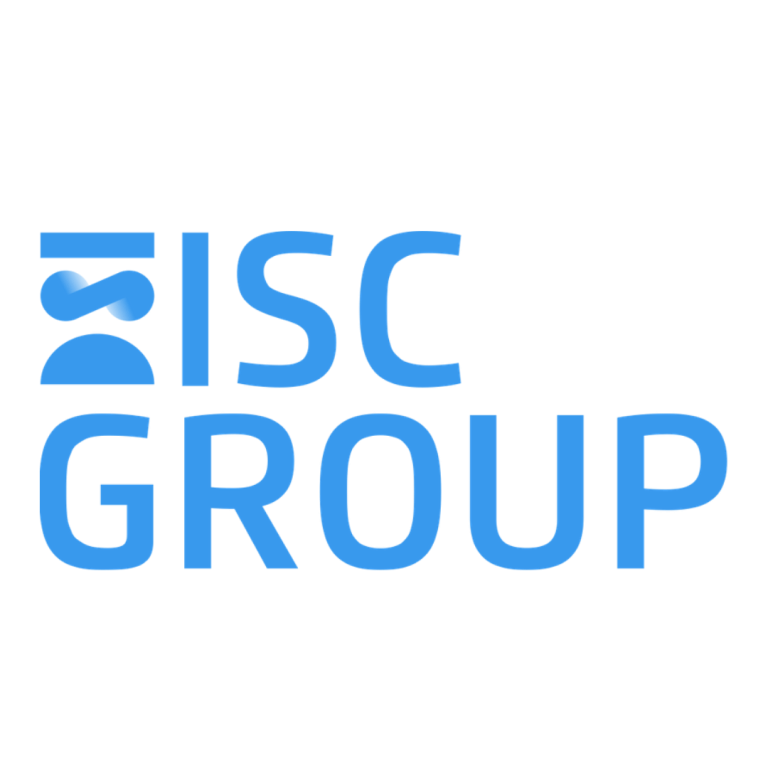
From Passporting to Pathfinding: MGA Compliance in a Divided Market
Brexit promised the UK regulatory freedom—but the EU took that personally. Post-Brexit, the UK and EU have taken divergent regulatory paths and for Managing General Agents (MGAs), this presents both challenge and opportunity. The UK now favours flexibility and proportionality, while the EU doubles down on harmonisation and prescription. MGA leaders must navigate a complex landscape shaped not just by technical rules, but by differing philosophies.
Two Regulatory Philosophies, One Market?
The UK’s departure from the EU triggered a drive to tailor regulation to domestic goals. The UK now seeks competitiveness by cutting red tape—yet this comes with the loss of “equivalence,” requiring UK MGAs to establish EU entities to maintain market access. Meanwhile, the EU remains committed to a harmonised, rules-based approach focused on stability and legal certainty. For MGAs, the contrast is sharp: UK regulation offers flexibility; the EU enforces cohesion. The result isn’t just divergence—it’s a shift in mindset.
The UK Model: Proportional and Pragmatic
UK regulators are prioritising a more proportionate, innovation-friendly approach across prudential standards, conduct rules, and market access. Solvency UK, a rework of Solvency II, will ease capital requirements—particularly for international branches. While MGAs aren’t directly subject to these rules, the impact on carriers will be felt through delegated authority agreements and risk appetite.
On conduct, the FCA’s redefinition of commercial contracts reduces consumer-style obligations for MGAs operating in the specialty space. However, the Consumer Duty still demands fair outcomes and embedding this into culture is essential to avoid scrutiny. The UK also aims to simplify outdated regulation and focus on outcomes over box-ticking, giving firms more discretion and accountability.
The EU Model: Harmonised and ESG-Focused
The EU is holding firm to existing frameworks, applying Solvency II and the Insurance Distribution Directive (IDD) consistently across markets. Unlike the UK, the EU doesn’t exempt large commercial risks, meaning stricter requirements apply to all intermediaries. One major point of divergence is sustainability regulation. ESG is now embedded in EU insurance regulation through Solvency II reforms, the IDD, and the Sustainable Finance Disclosure Regulation (SFDR). EU-based MGAs must consider ESG in underwriting, product design, and governance. In contrast, the UK’s ESG approach remains largely voluntary and principles-based, relying on industry guidance rather than regulation.
What It Means for MGAs
Regulatory divergence now directly affects how MGAs structure their businesses, manage risk, and allocate resources.
Choosing the right jurisdiction matters. A UK base offers innovation and agility but no automatic EU market access. An EU base ensures access, but with more regulatory burden. Many MGAs now require dual structures, creating operational and governance complexity.
This bifurcation requires balance: UK regulation may be lighter-touch, but EU frameworks are evolving quickly in response to digitalisation, climate risk, and cross-border harmonisation.
Three Priorities for MGA Executives
- Structure Thoughtfully
Select your regulatory base(s) with care. Want to write EU risk? Consider whether a branch, subsidiary, or fronting model suits your long-term strategy. Each has different compliance and governance implications.
- Build Dual Fluency
MGA compliance teams must now speak two languages: UK outcomes-based regulation and EU rule-based systems. This includes understanding evolving ESG expectations, where the EU has moved ahead of the UK. - Lead with Culture
Compliance alone is not enough—regulators want to see governance, fairness, and customer outcomes embedded into the business. That means investing in training, aligning incentives, and ensuring compliance is part of the leadership agenda.
Conclusion: Divergence Is the New Normal
The UK and EU are not on parallel tracks—they’re heading in different directions. This is more than a compliance issue; it’s a strategic and cultural one. The UK views regulation as a tool for competitiveness and proportionality. The EU sees it as a framework for stability and fairness. ither is better—but both demand different mindsets, operating models, and compliance strategies. For MGAs, success will depend on the ability to navigate both regimes with confidence, clarity, and a commitment to regulatory excellence.





